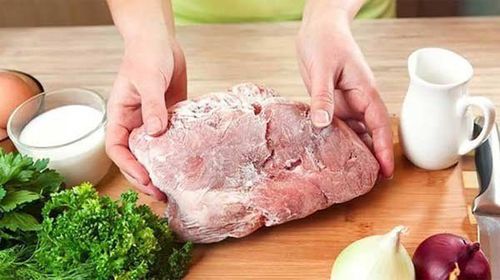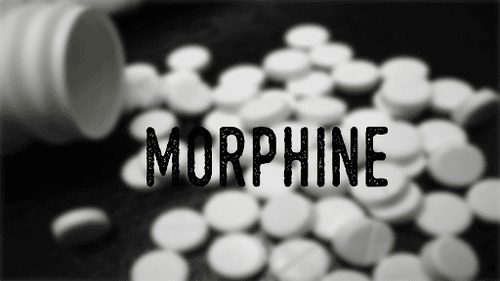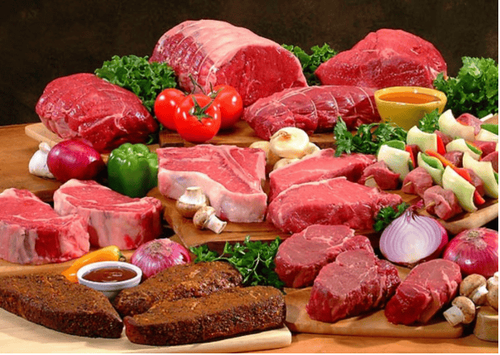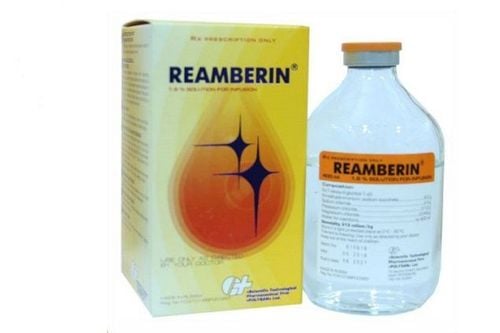This is an automatically translated article.
Although the FDA (US Food and Drug Administration) recommends that the freezer can keep food safe almost indefinitely, that does not mean that the food will still have the same taste and texture. good nutrition.1. The Golden Rules of Freezing Food
To prevent the risks of getting out of control in freezing food, you should know the principles of food freezing right from the start. Remember that when you freeze food, you should keep these 5 principles in mind:Prevent freezer burn Prevent moisture loss Prevent odors from transferring to other foods. Use the freezer space you have wisely Preventing food poisoning when you freeze food The key to achieving these goals lies in how you pack your food and how you store it. Here are the golden rules for doing this:
Leave as little air in the freezer compartments as possible, by removing all the air from the freezer bags before you seal them. You should use freezer-safe containers that are appropriate for the amount of food to be frozen.
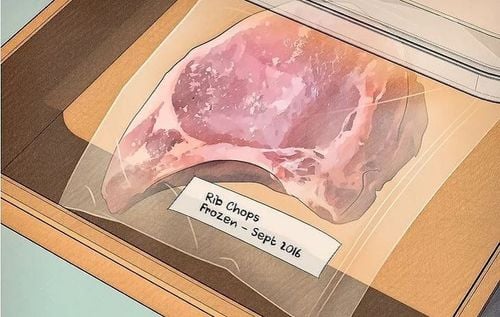
Cần loại bỏ hết không khí trong túi cấp đông trước khi để vào ngăn đá
When you just bought it from the supermarket, these cheese pieces have been wrapped in a plastic layer and have been vacuumed, you can always put them in the freezer. While the cheese will still retain its characteristic flavor after you defrost it, it can be a bit crumbly and is more suitable for adding to cooked dishes. Cheeses that are not very suitable for freezing are cream cheese and cottage cheese. Blue cheese is most likely to become crumbly after you defrost it.
2. How long can you keep frozen food?
The question is how long can you keep a certain food in the freezer before it becomes unusable? Check the use-by date for foods when you buy frozen foods. For conventional frozen foods, here is the FDA's recommended timetable for optimum quality:Bacon and Sausage: 1-2 months Casseroles: 2-3 months Soups and stews: 2 months Packaged but uncooked roasts: 4-12 months Uncooked ground meats: 3-4 months Uncooked whole poultry: 12 months Uncooked poultry parts: 9 months cooked handle: 4 months For foods not listed above, defrost it and check its quality. First, by smelling. If you send in food that has an unusual smell, you should throw it away.
If your food doesn't look very good but it's okay, you can try using it in soups or stews. If the food has freezing points, simply cut away the burnt spots. As for raw foods, cook them, and if you like their taste, you can absolutely eat them.
3. Some facts about freezing
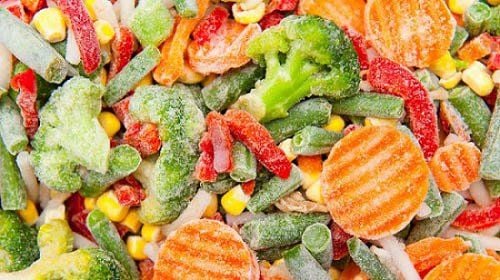
Hầu hết các loại rau đông lạnh có thể được nấu trực tiếp mà không qua giai đoạn rã đông
Refrigeration to 0 degrees has the ability to inactivate bacteria (like bacteria and mold) but it doesn't kill them. When a food is defrosted, the bacteria can become active and multiply, under certain conditions. Have you noticed that there is more water in food than when it freezes? The high water content in fruits and vegetables causes their cell walls to break down, so they contain a lot of water that freezes inside. This is why defrosted food sometimes has a pasty texture. When the power goes out, you should close the freezer door. A sufficiently cold freezer will keep food frozen for one to two days if you don't open the door. Most frozen vegetables can be cooked directly without defrosting, with the exception of corn with the core on, which needs to be partially defrosted first.
Please dial HOTLINE for more information or register for an appointment HERE. Download MyVinmec app to make appointments faster and to manage your bookings easily.
Article reference source: webmd.com



